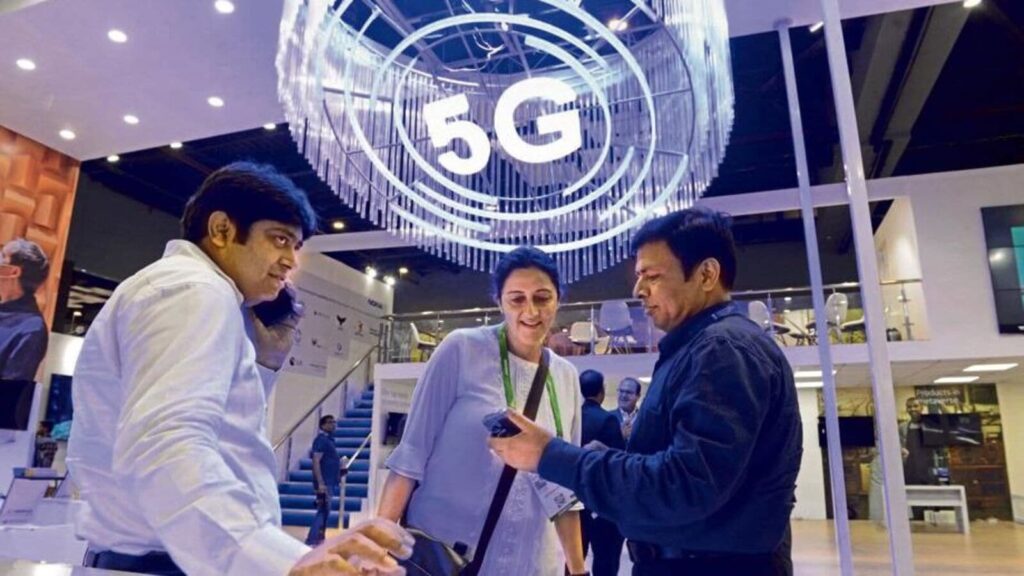India will have more than 270 mn 5G subs by 2024-end, 970 mn by 2030: Ericsson report

India is poised to become a 5G powerhouse in the coming years, with projections indicating that 5G subscriptions will exceed 270 million by the end of 2024, according to the latest Ericsson Mobility Report. This number represents 23% of the total mobile subscriptions in the country. By 2030, the number of 5G subscriptions is expected to climb to around 970 million, accounting for 74% of all mobile subscriptions, the report said.
As 5G gains traction, the dominance of 4G is expected to wane. Currently comprising 54% of total mobile subscriptions, 4G subscriptions are projected to decline from 640 million in 2024 to 240 million by 2030. Meanwhile India’s 5G uptake is accelerating, with enhanced mobile broadband and fixed wireless access (FWA) being the primary use cases.
AI-driven surge
According to the report, genAI applications are emerging as a key driver of 5G growth. Global 5G subscriptions are expected to be around 2.3 billion by the end of 2024, accounting for 25% of all mobile subscriptions, and 6.3 billion by 2030. The number of 5G subscriptions is expected to cross the number of 4G subscriptions by 2027. “About 67% of 5G smartphone users in India are expected to use genAI apps weekly within the next five years,” it added.
The report said AI, including genAI applications – which are already integrated across smartphones, laptops, watches and FWA products – could impact uplink and downlink network traffic, driving potential mobile traffic growth beyond current baseline predictions.
Umang Jindal, Ericsson’s head of network solutions, software and performance for Southeast Asia, Oceania and India, said, “Generative AI (genAI) may significantly impact future mobile network traffic, particularly through increased video consumption and changing uplink requirements. Accelerated consumer uptake of genAI will cause a steady increase of traffic in addition to the baseline increase. India already has the highest average monthly usage per smartphone at 32 GB, which is expected to grow to 66 GB by 2030, at a CAGR (compound annual growth rate) of 13%.”
The report said smartphone users in India are willing to pay extra for guaranteed performance on video calling, streaming and online payments. “One in six 5G users is willing to pay 20% of their current monthly mobile spend for assured connectivity at event venues,” said Jasmeet Sethi, head of Ericsson’s ConsumerLab.
Fixed wireless access surging, too
On a global level, 5G and FWA will dominate mobile networks, with 5G networks projected to carry 80% of total mobile data traffic by 2030, up from 34% in 2024. 5G fixed wireless access (FWA) is a wireless technology that uses radio waves to connect homes and businesses to the internet. It is the second-largest 5G use case after mobile broadband. More than 80% of communication service providers in four out of six regions offer FWA, and the number of providers with speed-based tariff plans has increased from 30% to 43% in the past year, the report said.
Global FWA connections are forecast to touch 350 million by 2030, with almost 80% being 5G. The report also said the first 6G deployments are expected in 2030, building on the capabilities of 5G standalone and 5G advanced.








